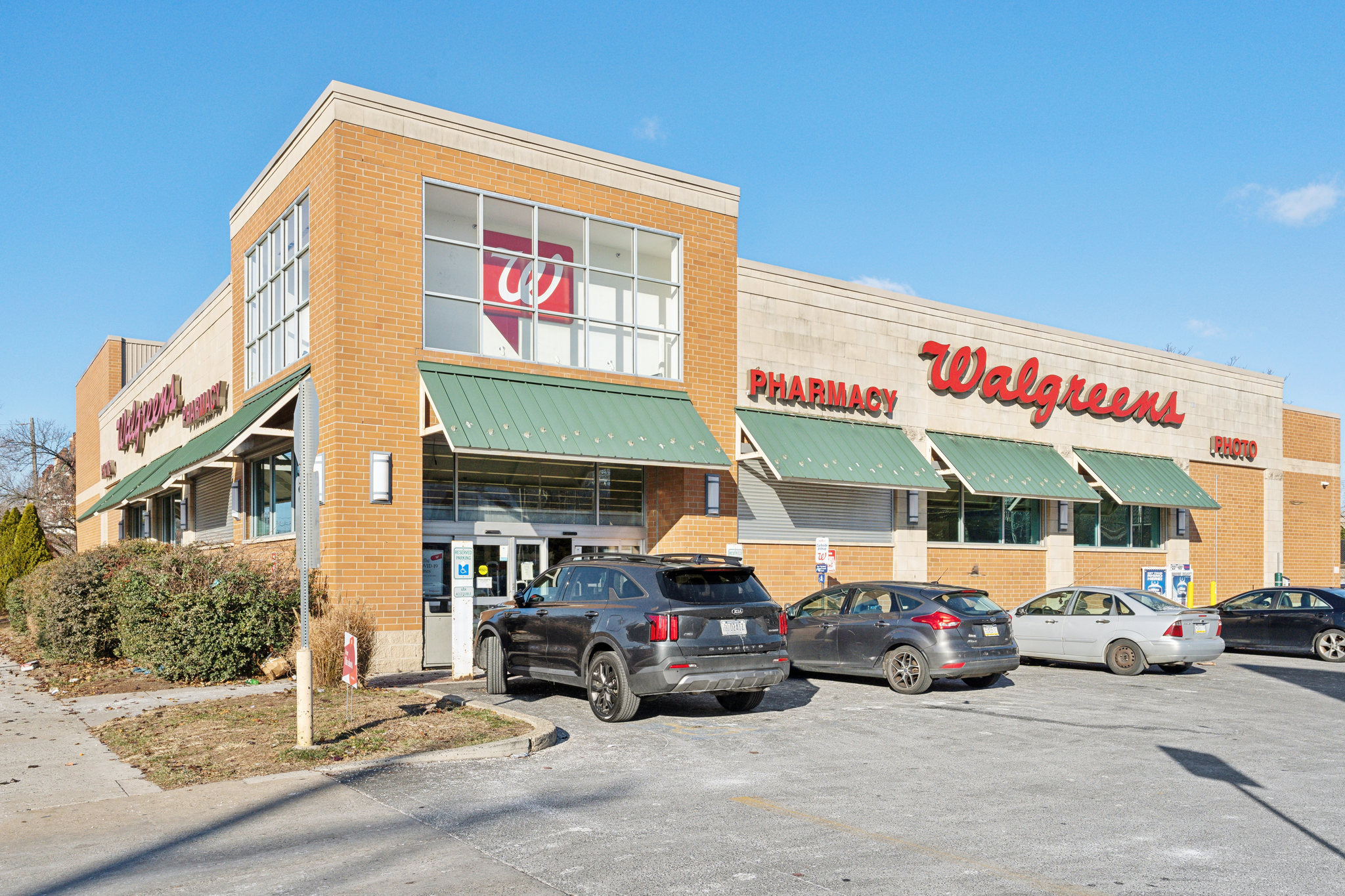5 Essential Safety Warehouse Procedures
All of the responsibilities for ensuring warehouse safety falls on employers. And while protecting your employees is a legal obligation, it’s also a cost-saving measure. That’s because the costs of accidents, in terms of medical costs, repair costs, and replacement costs, are all paid by employers.
With that in mind, make sure you can check all 5 of these items from your warehouse safety checklist.
1. Provide Training
The people who work in your warehouse are your number one defense against accidents. They are also the biggest potential liability if they’re not trained well.
All of your employees should be provided with general safety training as well as training specific to your workplace. Employees should know how to use safety equipment as well as what the health and safety control measures are. In fact, health and safety training is a legal requirement.
Beyond your legal responsibility to do so, providing excellent training reflects on how you care for your employees. If your employees believe you care about their well being, trust, motivation, and productivity increase.
2. Wearing Protective Gear
Personal protective equipment (PPE) are things like hard hats, safety boots, fire-resistant clothing, earplugs, and work gloves. These are the items that keep warehouse employees safe while performing their job and what’s needed will be different from industry to industry.
What remains the same across industries is that OSHA regulations require employers to provide and maintain safety equipment. However, some contractors are expected to supply their own, so check with regulations and company policy.
3. Safety Signage
Safety signs and stickers are affordable visual queues that help keep the warehouse safe and organized. They can help with everything from marking speed limits and emergency exits to labeling materials to prevent serious injury.
But even safety signage can’t help a poorly designed warehouse. From the start, you should be designing a warehouse layout that promotes safety, with open aisles and enough room for inventory and equipment.
4. Vehicle Safety
Warehouse vehicles like forklifts are one of the most dangerous aspects of any warehouse. That’s why they should only ever be driven by experienced and licensed drivers. But, even then, you need to have other safety warehouse rules in place around these types of vehicles.
Ensure that there are speed limits implemented and also posted around the warehouse. Your employees should be aware that racing or dangerous driving is subject to a zero-tolerance policy. You should also have your vehicles inspected regularly to make sure that they’re safe for use.
5. Lifting
If your warehouse work involves manual lifting, then you need to help employees prevent musculoskeletal disorders. Minimize manual handling as much as you can, but if you must, then train your staff in how to perform these tasks safely.
The same care should be taken with machinery-assisted liting. There are a number of risks associated with unsafe lifting that are all mitigated simply by knowing and following the maximum safe working load (SWL) of your equipment.
Looking for a Commercial Property?
Warehouse safety is more than just a legal obligation. It’s a way to minimize the cost of property damage as well as demonstrate concern for your employees.
Keep in mind these 5 essential safety warehouse tips when you’re designing or updating your warehouse. Or have a look at the properties we have available in our commercial properties section.







Leave a Comment